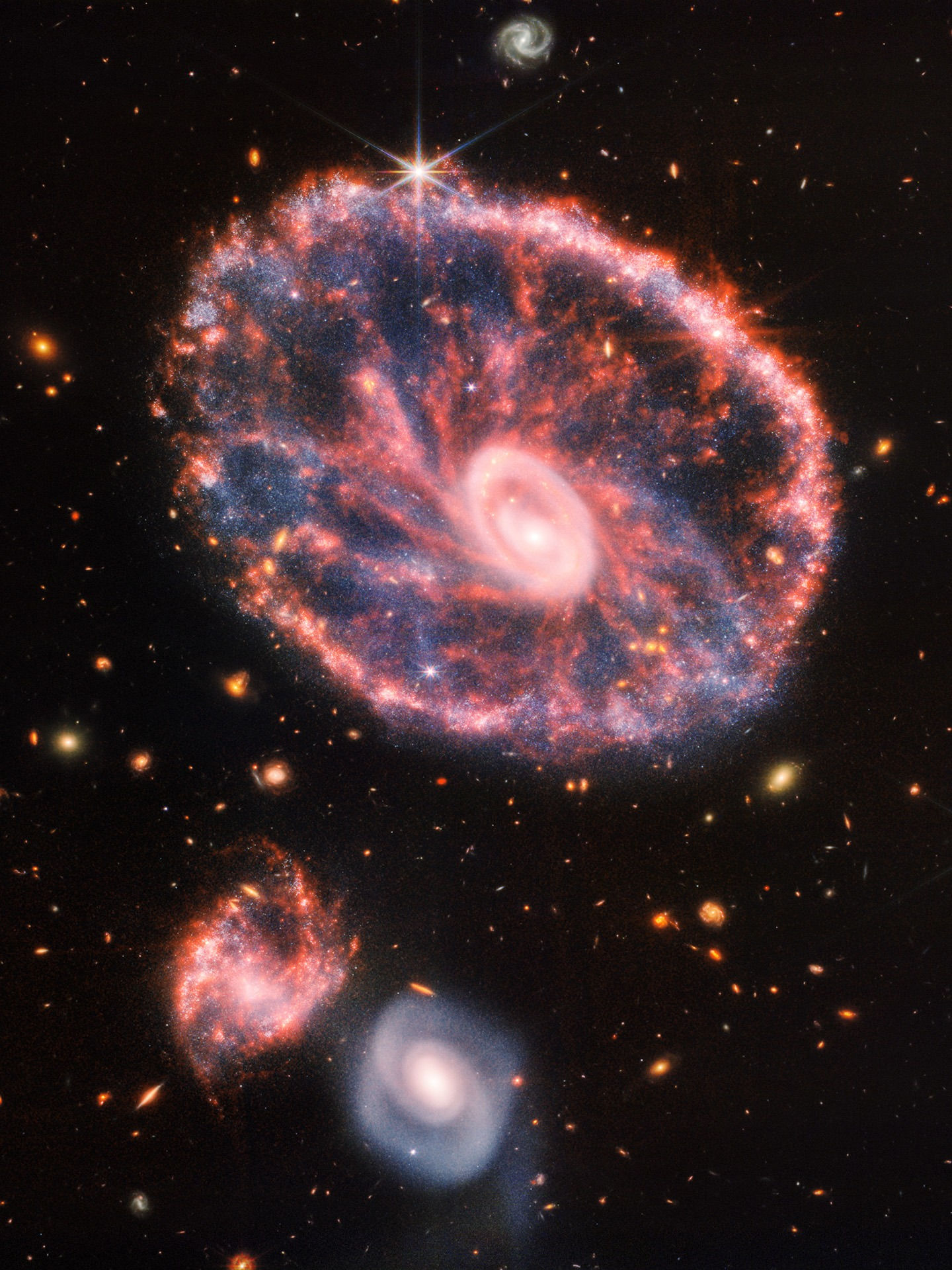The Sun is the star of the day, a nuclear furnace that converts every second 4 million tons of hydrogen into energy, while at the same time it fuses 600 million tones of hydrogen into helium. The composition of the Sun is 73% hydrogen and 25% helium. Modern studies, with instruments on Earth or with satellites in space (such as in orbit around the Earth or at the so called Lagrange points or even missions that have approached the Sun) have revealed to us some amazing secrets of this main sequence star. A major turning point was in the middle of the 19th century and the development of methods for the analysis of the solar spectrum (the beginning of Astrophysics). The Sun does not emit only visible light, but also radio waves, UV, infrared radiation as well as X-rays. The γ-rays which are produced inside the solar core from the nuclear fusion reaction, eventually reach the surface mainly as the less energetic radio waves, UV & infrared radiation, as they lose energy every time they collide with a particle. Below you can see an image of the magnetic field lines on the surface of the Sun.
top of page


Master Poker: 10 Tips to Up Your Game!

Crypto Trading Secrets Short Term Gains

Detox Yourself

The Mysteries of Dark Matter Unveiled!

Master Poker: 10 Tips to Up Your Game!

Crypto Trading Secrets Short Term Gains
Share
Facebook
Twitter
Pinterest
Tumblr
Copy Link
Link Copied
bottom of page
























































































